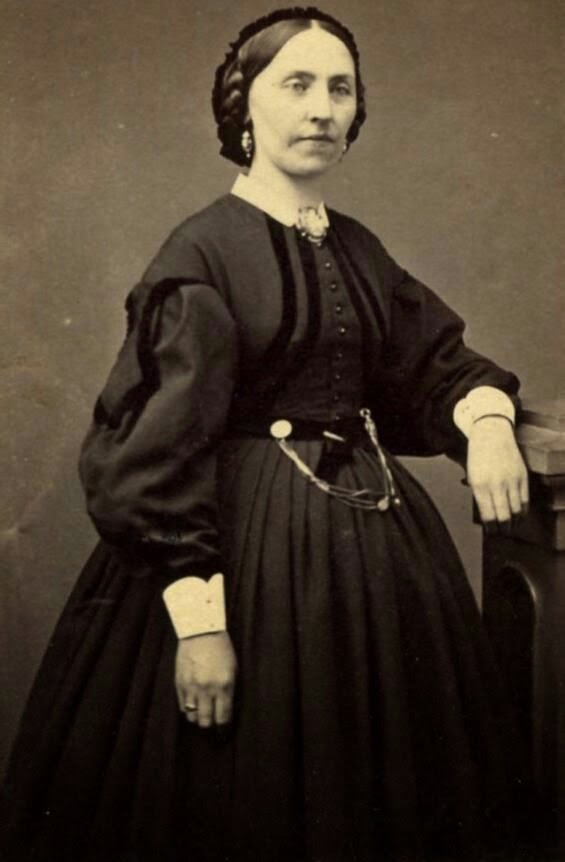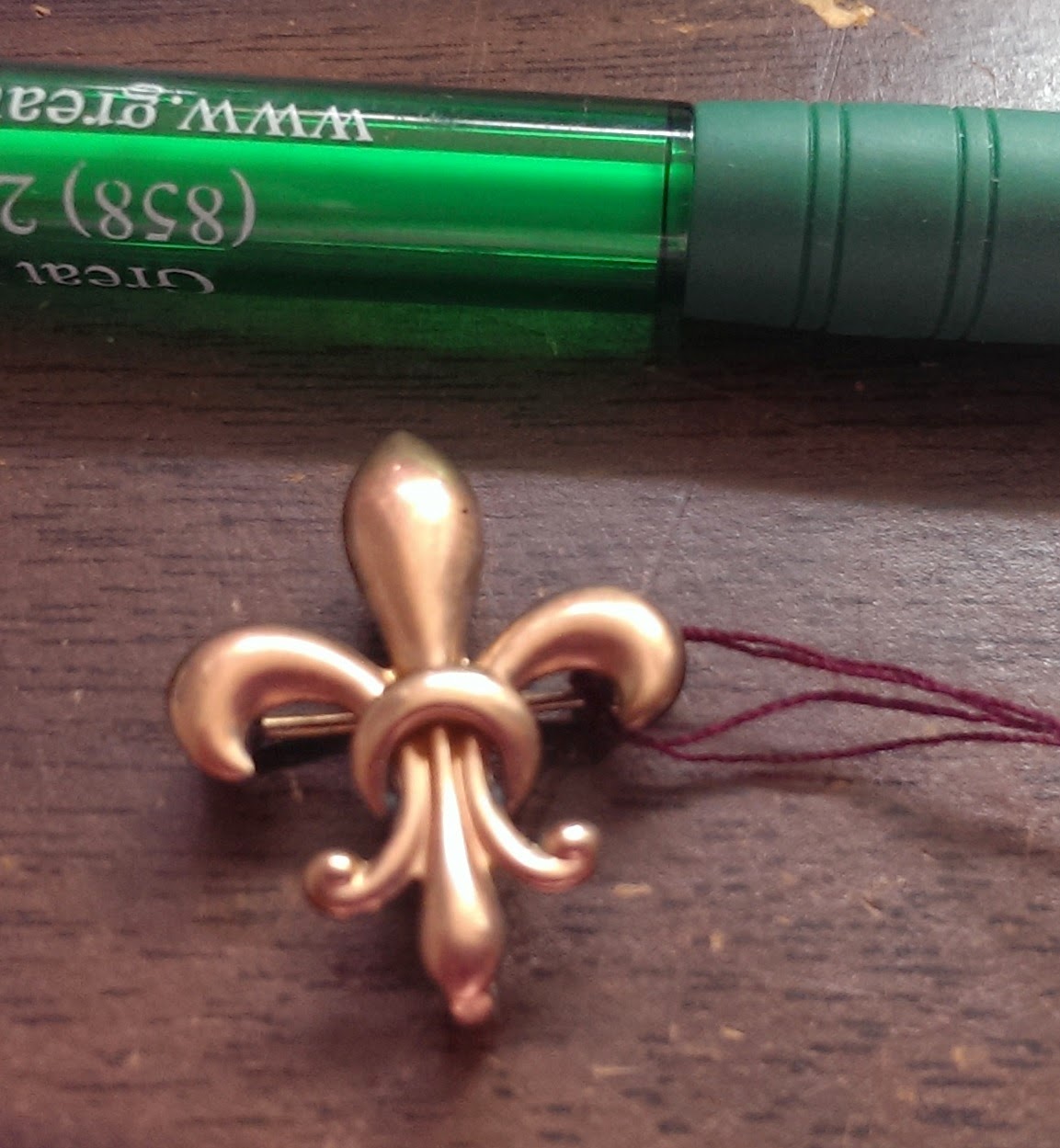We’re just six days away from Costume College and I can’t
contain myself much longer on sharing what I learned about ladies wearing
watches and watch chains. So I’m going to share a little bit about my class,
and will share more afterwards. My class is primarily a slideshow since you
need to see REAL WOMEN in photos wearing them and how they wore them: this is honest to
God documentation. You can’t get much better than that. So this makes it hard
to be able to share that information in text other than dates. And that doesn’t
always work because there were a variety of them worn all in a time period. But
I can point you in the right direction so you don’t go too modern on your
costume.
A few years back I was writing short blurbs on costuming
research that I called “Down the Rabbit Hole”, because as the name implies,
once you start you keep going and going and going. It was mostly links to photo
albums and videos that showed REAL PEOPLE.
In my latest research, watches and how women wore them, I had no idea how
deep that hole would be and that it would finally lead to me teaching a class
on it at Costume College.
Watches & Watch Chains-- a
Necessary Ladies Accessory
In the beginning…….I was innocently looking for some dress
styles in the 1830s for a couple I wanted to make. I set on a couple in 1837
and once that was decided, I looked more closely at the accessories on them.
These were actually paintings and a whole series was done by the same artist
who apparently repeated his “stage” and seemingly the same dress, but different
sitters. They all were wearing watches tucked into their belts that were
attached to a long chain around their neck. Watches? Hmmm...
And you know what I discovered? A LOT OF LADIES WORE WATCHES! Much more than I ever thought, or
noticed. And they weren’t the little petite ones that I was always looking for.
They were the larger ones like your Grandpa used to carry. Are you old enough
to remember those? They were about 2 inches across.
I can’t say whether more of them they wore the watches with
a cover, or the open face one, since most of them are concealed on their
dresses but it seems like both were used. I started talking to friends and one
who used to be a jewelry dealer told me to come and look at some of her
leftovers and see if I could use any of them. It was like looking through a
treasure chest! She had some watch chains and fobs, a couple which I bought
from her, and then told her I would try and sell the others for her. So I plan
on bringing them with me to my class. In the past couple months I also have
found a few more chains that fit right in my price point of $20 to try and
resell also.
I also will be displaying my own collection of watch chains
and found a nice display box at a store fixture shop to put them in.
This is just a quick overview of the time periods for the
ladies. In my class the gents will be getting some attention too. I have almost
250 photos and that should tell you something about the reality of them.
1500s-1800: equipage were worn, massive hangers that were clipped onto belts or waistbands, sometimes as a pair. (in 1820s the name became chatelaine).






1800s- 1830: Chains draped over their belts, some still wore
the chatelaines.
1830s-1860: Long chains, metal, beaded or woven, hanging
from the neck, watches tucked into belts or waistbands, or hidden pockets in
the skirt.
1860s-1870: Short
chains, long chains, metal, beaded, woven hair, you name it. Hanging from the
neck, the waistband, and now long chains with slides on them halfway down,
which became very popular for more than 50 years.
1870s-1890: Pockets
for watches on the outside of the dresses were very popular, still using both
long and short chains, both near the waist and some moving up. Concealed
pockets were fitted into seams. And yes, some were still hanging onto Great
Grandma’s chatelaine.

1890s-1900: Still
wearing long chains, tucked into belts and pockets but small watch brooches
started to show up, some by themselves or attached to the chain.
1900-1910: Long chains and watch brooches continued to be
worn interchangeably.
I pretty much stopped at 1913 because shortly after that
wrist watches came into style during WWI. And that’s a whole ‘nuther tunnel to
go down.
I hope you’re able to come to my class at Costume College,
Saturday at 3pm, but if not, maybe this bit of information will help you in
your search for accessories, because my favorite saying is “You can’t just bake
the cake; you have to decorate it too.”
~~Val













































